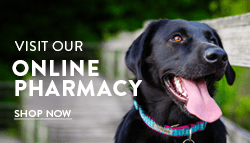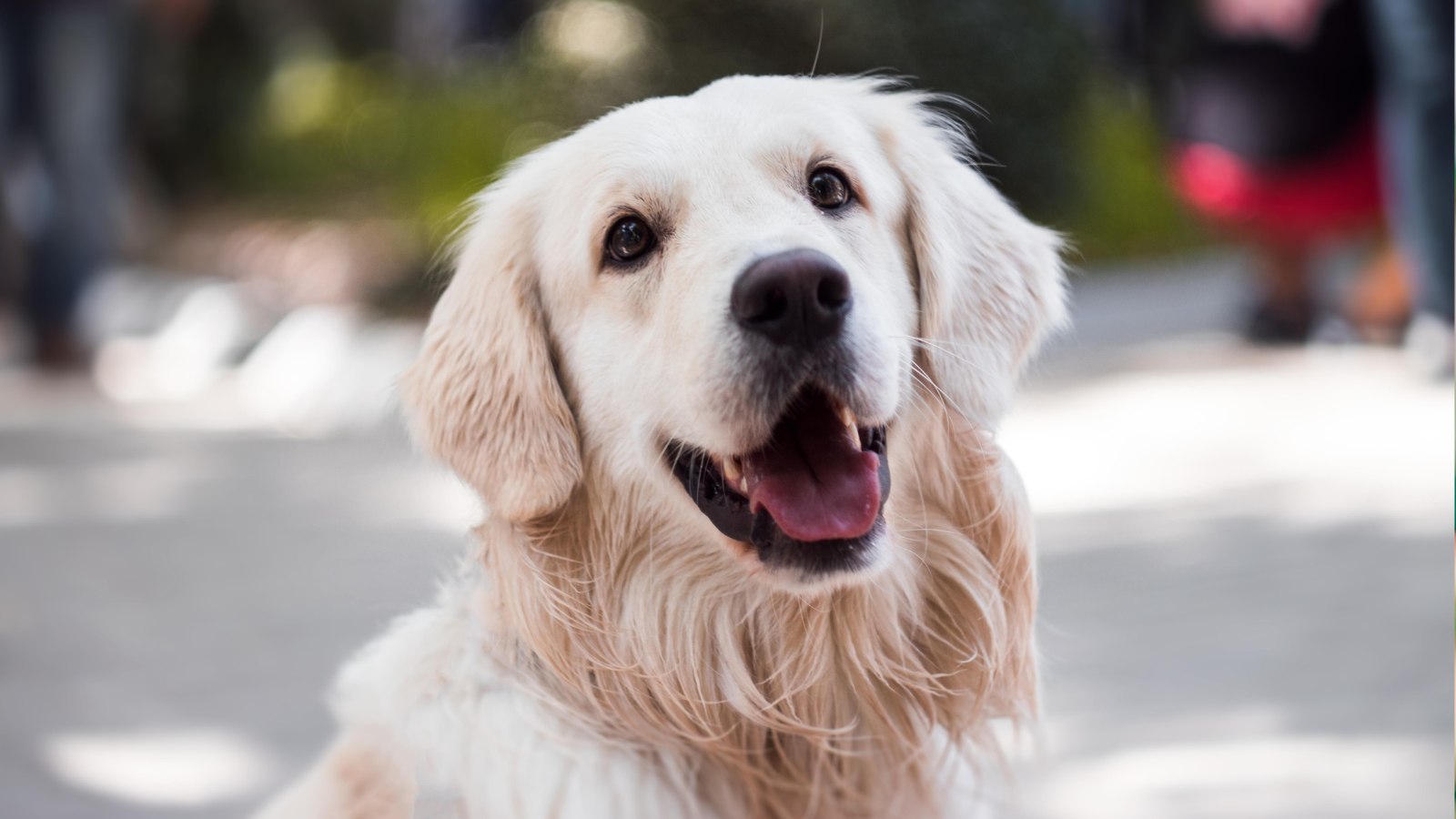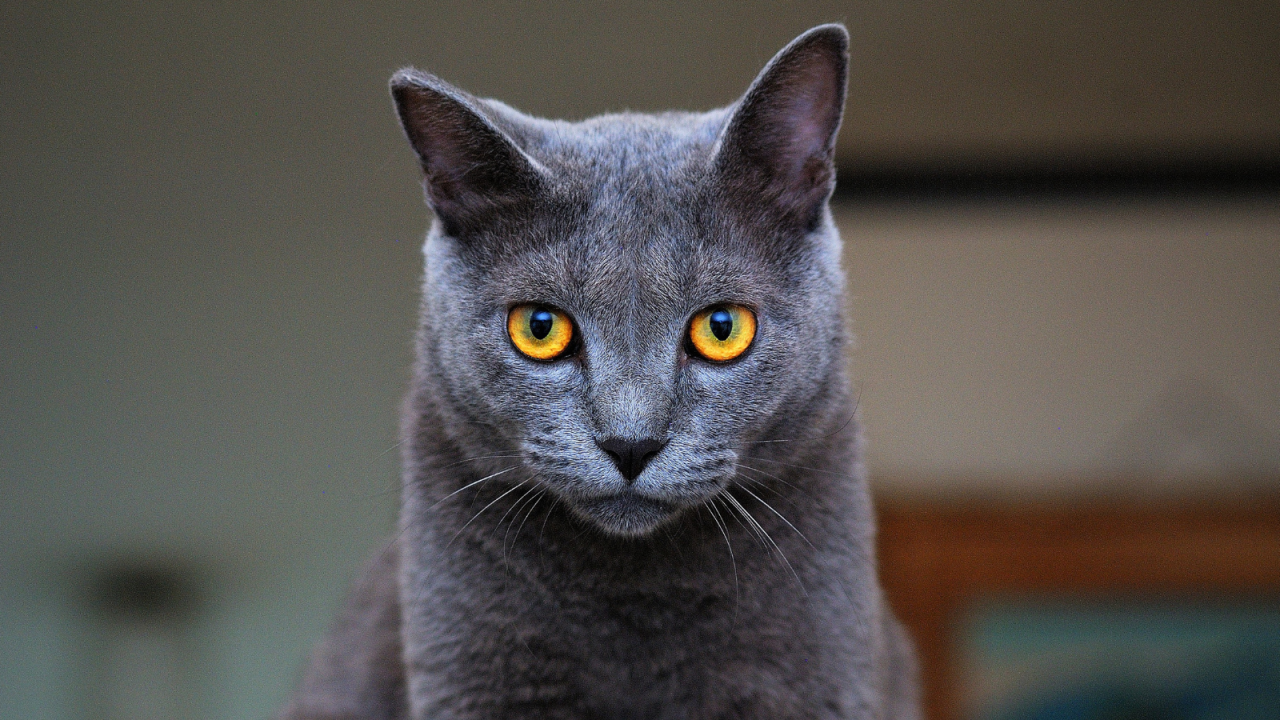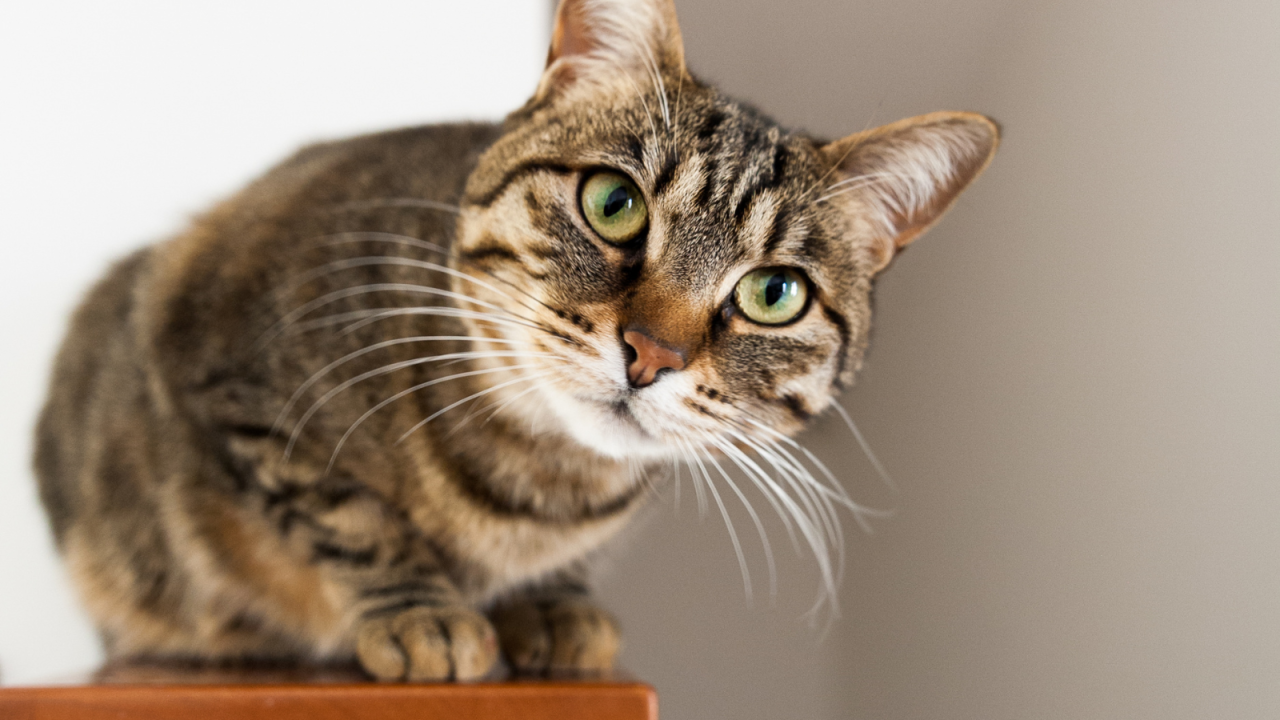If your pet’s once-speedy zoomies have slowed to a crawl or their collar seems a little snug, it might be time to take a closer look at their weight. Pets can quietly pack on pounds over time, often without their humans noticing until they are already obese. Healthy weight management is possible and necessary for overweight cats and dogs. Spirit of 76th Veterinary Clinic in West Allis is here to help your pet shed the excess safely with these pet weight loss tips.
Tip 1. Know the Right Weight Range for Your Pet
Before making changes, it’s important to understand what a healthy weight looks like for your individual pet. Every breed and age has a different ideal range. At your next wellness visit, talk to your veterinarian about a target weight range for your pet.
Quick At-Home Check: You should be able to feel (but not see) your pet’s ribs without pressing hard, and they should have a visible waist when viewed from above. As a guide, you can view these Body Condition Scoring charts from the World Small Animal Veterinary Association for cats and for dogs.
Tip 2. Start with the Right Pet Food Portions
Free-feeding or eyeballing portions often leads to overfeeding, especially if you’re using a random bowl or cup as the measuring tool.
- Use an actual measuring cup (or scale)
- Follow your vet’s guidance, not the bag label
- Account for treats and snacks in the daily total
A veterinarian can calculate your pet’s daily caloric needs based on their breed, lifestyle, and goals.
Tip 3. Choose Weight-Appropriate Foods
Not all pet foods are created equal. Foods labeled as “light” or “weight management” often have different fat and fiber levels, but quality matters just as much as quantity. Stick with vet-approved diets that support safe weight loss without sacrificing nutrition. In some cases, a prescription weight-loss pet food may be the best route.
Tip 4. Add Daily Movement, But Do It Mindfully
Exercise burns calories and contributes to weight loss for your pet. However, cats and dogs need to ease into a new routine, especially if they’ve been sedentary or are older. Try:
- Multiple short walks instead of one long one
- Indoor games like fetch or puzzle toys
- Light agility drills for dogs or climbing spots for cats
These exercises should be consistent and increase in intensity over time as your pet acclimates to them.
Tip 5. Track Your Pet’s Weight Loss Progress
Weight loss for pets should be slow and steady. Keep a log of your pet’s meals, treats, and weight checks. If your dog is too big to weigh on a scale at home, ask your veterinarian about coming in for a weigh-in.
And don’t forget to reward your pet’s progress with attention, playtime, or a healthy treat!
Tip 6. Get Pet Weight Management Support from the Pros
Weight management should be carried out under the guidance of an experienced veterinarian. A veterinary team can accurately diagnose your pet as overweight and run any testing necessary to check for disorders that may cause weight gain. They will work with you in diet planning and lifestyle changes for your pet to safely lose weight without sacrificing on nutrition.
Safe Pet Weight Loss in West Allis, WI
Helping your pet reach a healthy weight will ensure they are feeling better and moving easier. Spirit of 76th Veterinary Clinic has weight management services for cats and dogs in West Allis and from nearby Wisconsin communities like Greenfield and Hales Corners. Think your pet might be overweight? Schedule a weight consultation with Spirit of 76th Veterinary Clinic.





